Steps for revitalizing a perennial bed
Marie Tulin
10 years ago
Related Stories
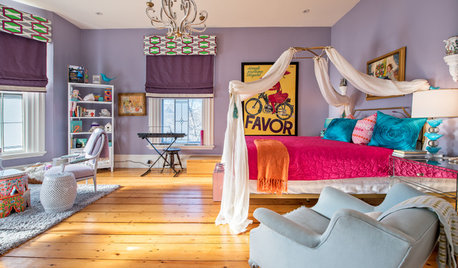
TRADITIONAL HOMESMy Houzz: Revitalized 1857 Seaside Victorian in New England
Returning American expatriates eager to get settled transform a worn, dated space into a glamorous family home
Full Story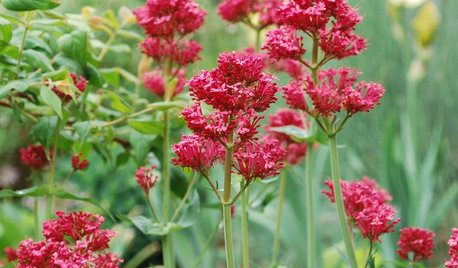
GARDENING GUIDES6 Lovely Water-Wise Perennials for High Altitudes
Even if your climate is cold and dry, you can still celebrate spring with these hardy and colorful perennials
Full Story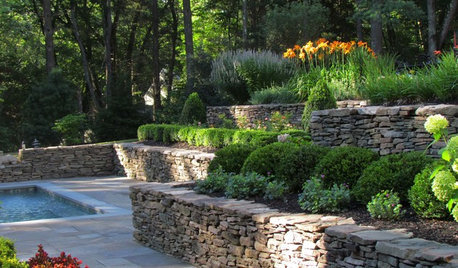
GARDENING AND LANDSCAPINGStep Up Your Garden Game With Terraced Plantings
We're going to level with you: Slopes in the landscape can be tricky. Use these ideas to create balance and harmony in your terraced beds
Full Story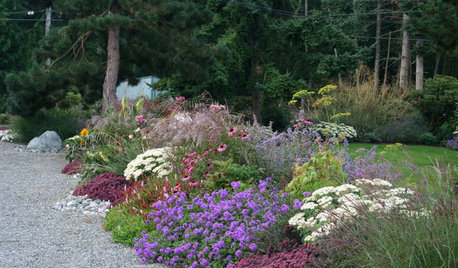
MOST POPULARHow to Design a Colorful Flower Bed
Fall planting: Delight the eye through 3 seasons with bright flowers placed just right. Late summer is the time to plan
Full Story
FARM YOUR YARDHow to Build a Raised Bed for Your Veggies and Plants
Whether you’re farming your parking strip or beautifying your backyard, a planting box you make yourself can come in mighty handy
Full Story
WORKING WITH PROSWhat Do Landscape Architects Do?
There are many misconceptions about what landscape architects do. Learn what they bring to a project
Full Story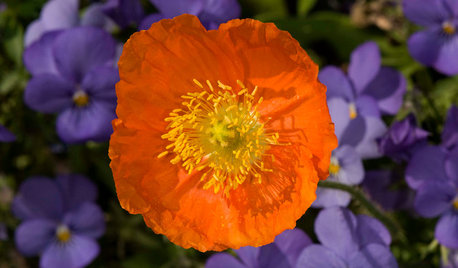
FALL GARDENINGCalifornia Gardener's September Checklist
Planting opportunities abound this month: perennials, lawns, wildflowers and more. Our primer covers 'em all
Full Story
GARDENING GUIDES10 Tips to Start a Garden — Can-Do Ideas for Beginners
Green up your landscape even if you're short on time, money and knowledge, with these manageable steps for first-time gardeners
Full Story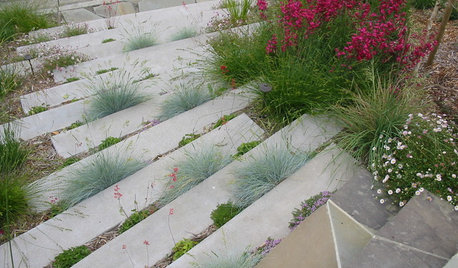
PLANTING IDEASPlant Your Hardscape for Unexpected Green
Nestle greenery among pavers, steps and more for a yard brimming with life and creativity
Full Story
MOST POPULARSo You Say: 30 Design Mistakes You Should Never Make
Drop the paint can, step away from the brick and read this remodeling advice from people who’ve been there
Full StoryMore Discussions






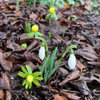

aachenelf z5 Mpls
gardenweed_z6a
Related Professionals
Windham Landscape Architects & Landscape Designers · West Milford Landscape Architects & Landscape Designers · Leawood Landscape Architects & Landscape Designers · Piqua Landscape Architects & Landscape Designers · Wilmington Landscape Contractors · Dinuba Landscape Contractors · East Hanover Landscape Contractors · El Reno Landscape Contractors · Fort Mill Landscape Contractors · Inglewood Landscape Contractors · Lemay Landscape Contractors · Longmont Landscape Contractors · Mason Landscape Contractors · Oak Forest Landscape Contractors · Wareham Landscape Contractorsmad_gallica (z5 Eastern NY)
Marie TulinOriginal Author
katob Z6ish, NE Pa
gardenweed_z6a
mxk3 z5b_MI
mxk3 z5b_MI
Marie TulinOriginal Author
karin_mt
mad_gallica (z5 Eastern NY)
Thyme2dig NH Zone 5
Marie TulinOriginal Author